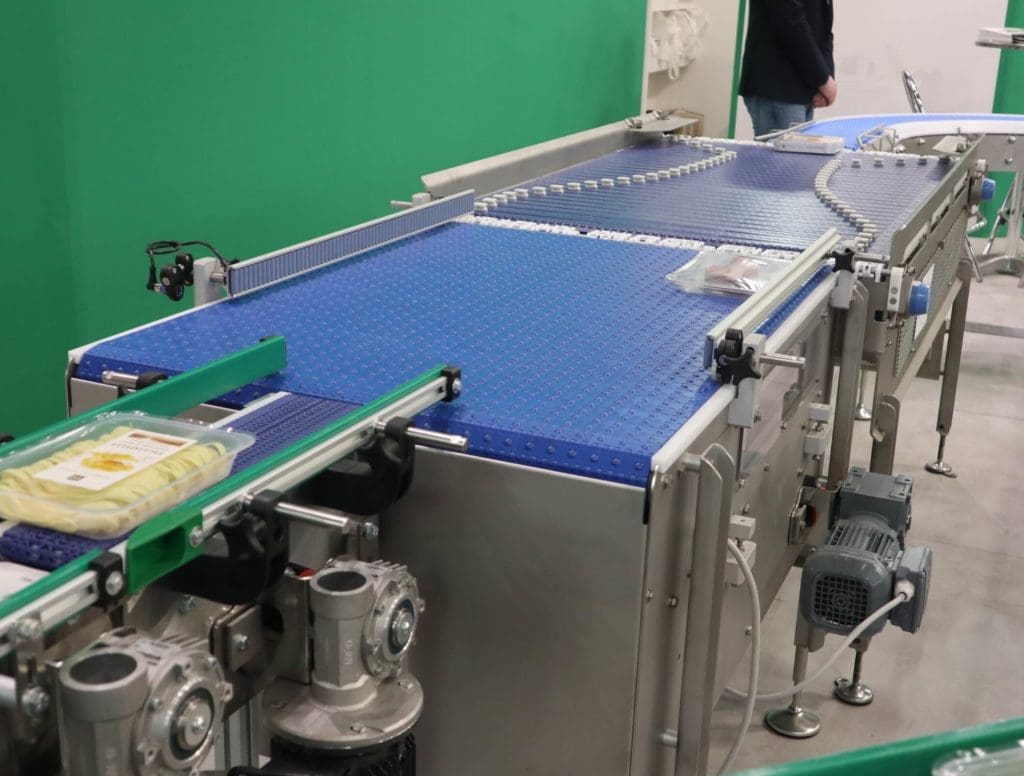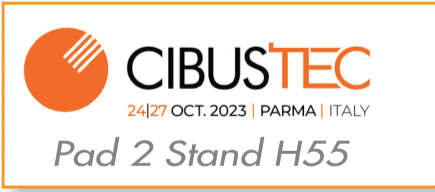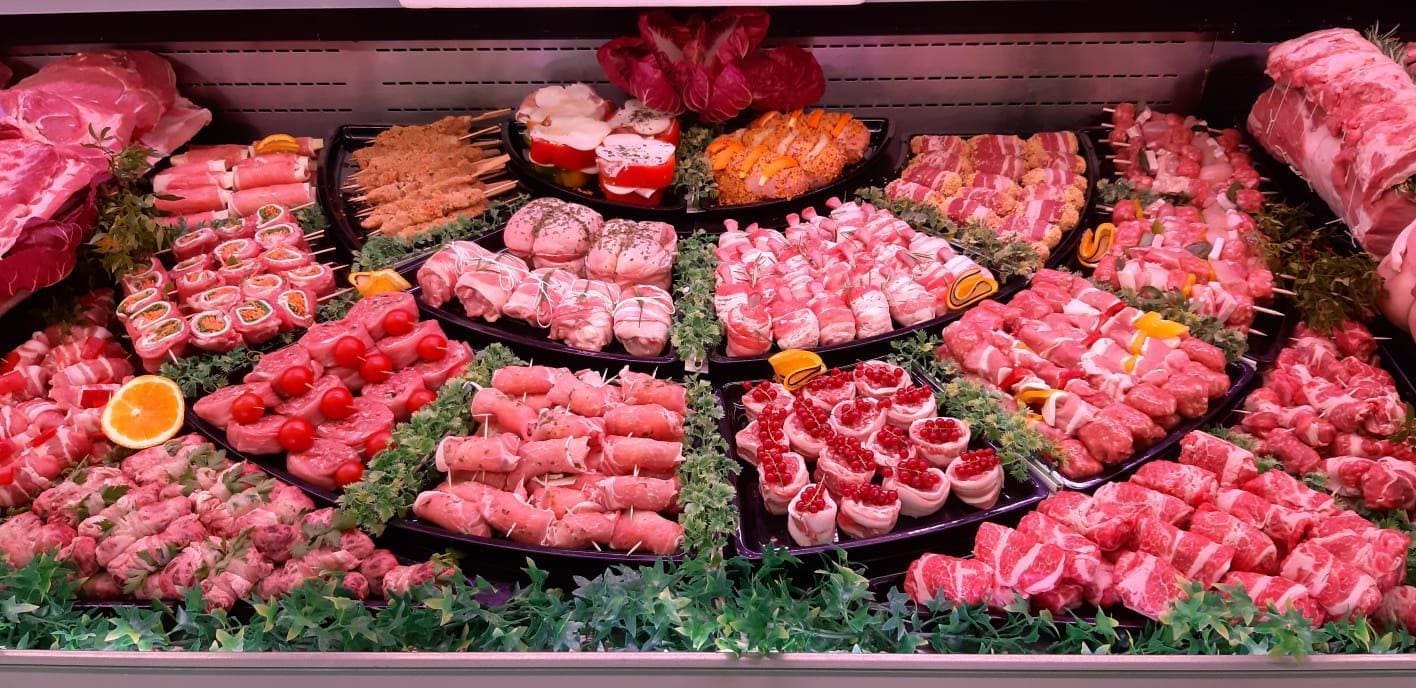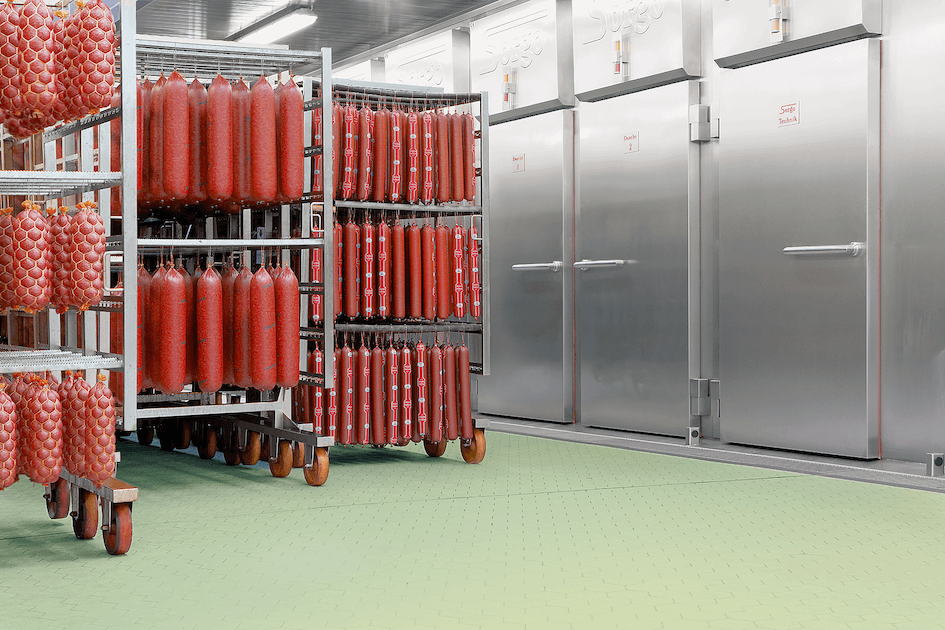Logistics and handling are fundamental parts of any industry’s activities.
Effective management of both can contribute to reducing production costs, improving product quality, as well as efficiency and productivity, enabling businesses to remain competitive in the market. MH Material Handling is an Italian company specialized in handling and logistics for any industrial sector, whether it is food or non-food, for over thirty years.
They design transportation solutions tailored to the client’s needs, starting from primary packaging up to palletizers. In recent years, they have expanded their range of products to include conveyors suitable for naked food products, with specific hygienic design solutions for the fresh sector.
The editorial staff of FOOD PROCESSING, therefore, wanted to delve into the topic by interviewing the company directly, one of the leaders in the sector for over thirty years.
What are your main material handling solutions?

If we talk about pure transport, we produce any type of conveyor belt, roller conveyor, chain-driven roller conveyor, modular chain, or roller. Usually, we start from primary packaging and reach the palletizer, but in recent years we have also expanded the proposal to conveyors suitable for naked food products, including hygienic design solutions for the fresh sector.
However, our proposal does not stop at transportation; in fact, I would say that our strength lies in the accessories that serve to transform the transportation line into an automatic machine that contributes to the line’s efficiency: product handling systems, unification sorting, and, above all, buffering and accumulation systems.
How do your products integrate with existing production lines?
All our projects have a modular design from the outset; therefore, we only need to create interface modules to perform mechanical integration. At the control level, we have specialized in Siemens and Rockwell, but our network of partners allows us to integrate other standards if necessary.
What are the needs of the customers you have faced, and how have you solved their handling problems?
The challenge is always to find the best compromise between high productivity, available space in the plant, line ergonomics, efficiency, and, of course, adequate investments. We always try to work alongside clients from the line design phase, seeking the best possible optimization. Of course, our buffering systems are the key to achieving high efficiencies and optimizing the layout.
How have you addressed the challenge of digitalization and automation in production?

For us, it has been a gradual process that started many years ago with the introduction of a dedicated management system. We have adopted CAD systems since the first solutions, and the transition to 3D began almost twenty years ago. Since we make custom installations, it is difficult to insert automation into our processes. Instead, we are working on enabling technologies that allow us to reduce design and implementation times.
Recently, we have invested heavily in additive manufacturing, introducing three 3D printers with FDM technology, which have allowed a reduction in lead time for many plastic components and considerable cost savings.
What criteria do you use to ensure the quality and safety of your products?
Attention to detail and constant dialogue with customers. As mentioned, we make special machines, so we cannot standardize all solutions. Therefore, we pursue results with operational methods that lead us to continuous improvement.
How do you support customers during the installation and maintenance of your products?
We have made a costly choice, but it guarantees us great flexibility and the ability to respond to requests. All our machine assembly technicians are trained to follow the product in all its phases, up to commissioning, maintenance, and any future modifications. In this sense, we have no distinction between internal and transfer technicians; everyone is trained to go to customers. A significant commitment, but one that leads to great professionalization
What are your main target markets, and how do you plan to expand your presence nationally and internationally?
We work with both end customers, who are usually large multinational companies in the food industry, and with OEMs. This has led us over the years to install lines in any part of the world. Although Italy still plays a major role, the vast majority of our plants are installed outside national borders. In recent years, we have launched a program to renew our foreign sales network.

Needless to say, Covid has had a certain impact on our goals; before 2020, we were confident that we could directly serve all European markets, but the pandemic and the resulting travel restrictions have convinced us of the need for a more extensive network.
We have just signed an important agreement for all of Eastern Europe, and now we are focusing on German-speaking markets with the support of a TEM. We say goodbye to MH Material Handling, whom we thank for the interview, with the awareness that customization, flexibility, and innovation are always the right ingredients to face the most competitive markets and challenges.





